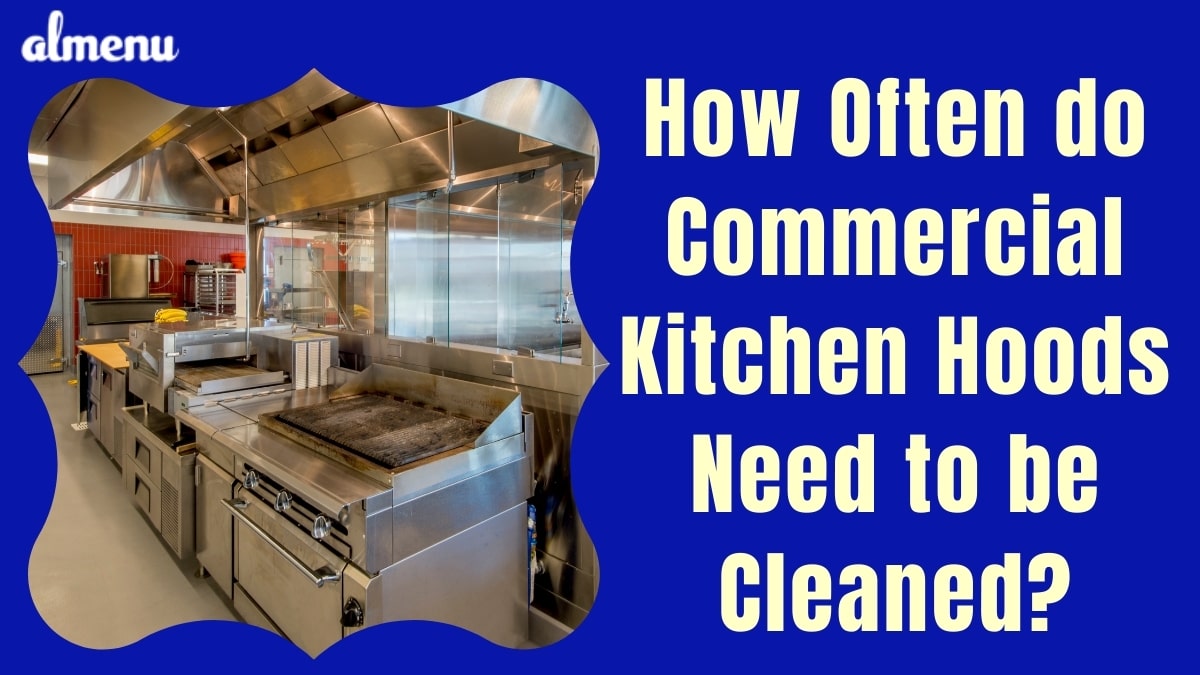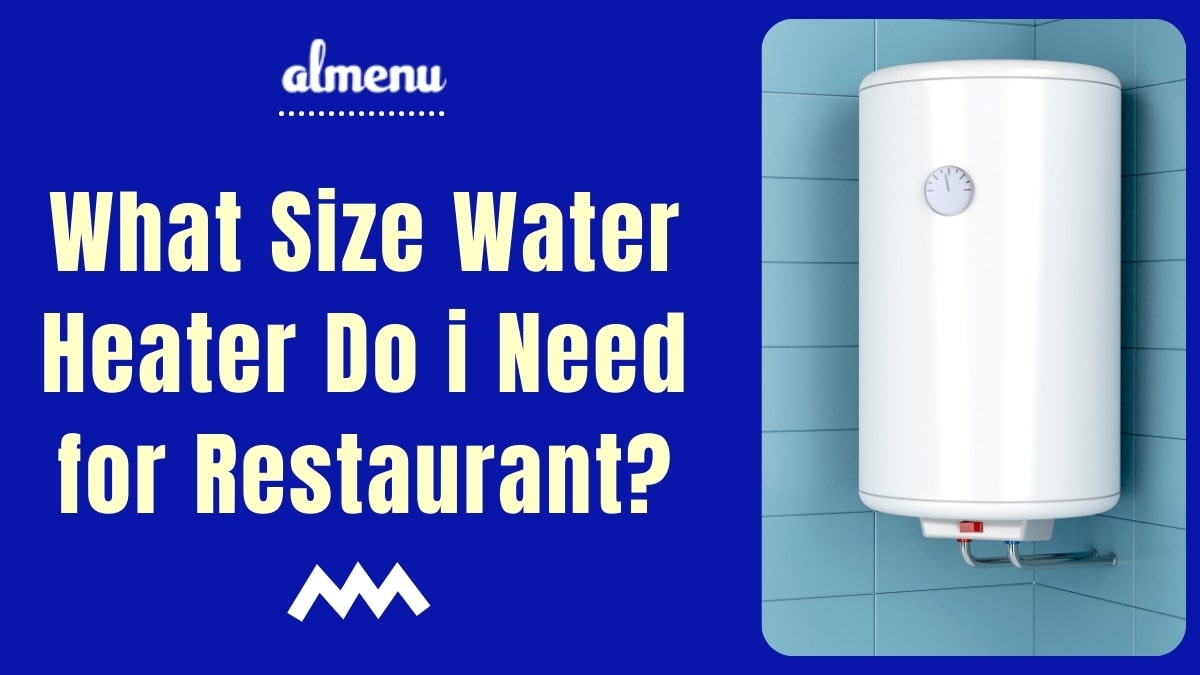If you have a commercial kitchen hood in your restaurant, you are likely to know that you need to clean it regularly. After all, the safety and health of your business depend on it. But what exactly is the restaurant cleaning the hood of the kitchen and why is it necessary?
What is Commercial Kitchen Hood Cleaning?
Restaurant Cleaning of kitchen layers is quite simple. It is a regular process that must be completed to keep the kitchen bell clean and healthy. The cleaning process includes cleaning individual parts and eliminating fat. It also involves cleaning the bell in itself and clarifying the vents of the rubble.
Why is it Necessary?
The cleaning process for restaurant kitchen bells is extremely important for health and safety. By practicing the proper cleaning of the kitchen cuisine bell, you are:
Preventing Fire
The most important reason for cleaning a cooking bell is fire prevention. Without proper cleaning, fat can accumulate in the system. This accumulation can eventually ignite fires that can destroy full kitchens and buildings. Therefore, the restaurant cleaning the cooking bell can prevent disasters and keep everyone safe.
Improving Air Quality
Along with fire prevention, cleaning the cooking bell can also improve air quality. If the fat accumulates in the hood, you will have to work harder to erase the air from smoke and avoid overheating. Long-term inadequate airflow can cause food quality to decrease and can even cause pain and discomfort in employees.
Protecting Equipment
The prevention of equipment breakdown is an important reason why cleaning the kitchen cooking bell is a necessity. If you allow fat to accumulate too much, it can cause the equipment throughout the kitchen to act or stop working at all. This means more money out of the business pocket and loss of income from customers. As you can see, the restaurant cleaning the cooking bell is incredibly important, not only for business function but also for the health and safety of all involved.
5 Benefits of Commercial Kitchen Hood and Vent Cleaning:
Commercial kitchens must have a high level of cleanliness, for the benefit of employees and those that dine at the restaurant. In addition to pollution and other health problems, the safety of those found in and around a commercial kitchen can also be put at risk if proper procedures are not followed. An area of particular concern is the hood of the kitchen and the ventilation of a restaurant, which, if they are not cleaned and maintained properly, raises a serious risk.
1. Reduce Risk of Fire
The purpose of the ventilation bell is to trap fat and smoke; Hence its location directly on cooking surfaces in commercial kitchens. As the hood accumulates layers of dirt, if it is heated enough, excess fat could start a fire. A high flame, whether burning or created on the stove.
The flame comes in contact with the filters located in the kitchen bell and turns on. With the exhaust fan when drawing in the air, the flames are also drawn up in the ducts. If there is sufficient fat residue within the ducts, it can act as a fuel source, carrying the fire later in the exhaust system that causes significant damage. Fat fires are very dangerous and burn very hot. This can be prevented through routine cleaning.
2. Improved Ventilation
The cleaning of its hood will improve the ventilation of smoke and other smells throughout its kitchen. If your exhaust system is obstructed with grease and other dirt, it is preventing the air from being distributed. Better ventilation maintains your space that smells cooler and makes it a more comfortable work environment for the kitchen employees.
3. Lower Insurance Premiums
Having the hoods of your kitchen and regularly inspected and cleaned vents can help keep insurance premiums low. When insurance companies, see that the necessary steps are taken so that their hoods are cleaned, you can get a break in your rates. Regular cleanings reduce risks, costly damage, and repairs.
Insurance companies require commercial kitchens to meet all fire safety codes. If you are in violation of any code, you may lose coverage or pay a higher premium.
4. Code Compliance
Local fire officials carry out inspections in commercial spaces to ensure that codes are met and the building is safe. If you are determined that your restaurant is violating these codes and there is a bell and ventilation of impure cuisine, your building may fail the inspection.
A failed inspection can eliminate it from business or costs and money to take it back to code. Stay in compliance with avoiding a fine or doing to suspend business.
5. Disease Prevention
A dirty commercial kitchen is a culture broth for bacteria, mold, and mold due to high volumes of moisture and heat. Hazardous particle emissions can be reduced with a thorough cleaning of the kitchen bell and ventilation. The particles that are not trapped in the ventilation bell are free to escape in the air inside the building.
The Science Behind Kitchen Ventilation
Regardless of the size, or design, of a restaurant kitchen, the same general ventilation principles apply. The contaminated air is exhausted from the kitchen and is replaced with fresh and clean air in a continuous cycle.
Due to the large volumes of air that move through relatively small spaces located within the equipment, ducts and the type of contaminated air produced through the preparation of food, performance, efficiency, and safety of a Commercial cooking ventilation system depends on a number of factors, including:
- Construction
- Design
- Installation
- Cleaning and maintenance
The standards of the foodservice industry for ventilation are more complex than a standard exhaust system, due to the type of air that is running out.
Fats and smoke-loaded vapors that are created during the cooking process should be removed from the building in accordance with local ordinances and codes, including Ikea and NFPA 96, and replacement or supply provided must be equal to the amount of Air that is eliminated.
How to Clean a Commercial Kitchen Range Hood?
With all the buzz that takes place in a commercial kitchen, it is important to clean and maintain equipment regularly. While cleaning frying and ovens could be at the top of your checklist, the bells are often forgotten. A range bell, also commonly known as an exhaust hood, helps eliminate fat, smoke, and odors from the air that come from commercial ranges, fryers, and other equipment.
As a result, they are a magnet for a lot of dirt and debris. When there is a large accumulation of fat and other contaminants in the exhaust hoods and the vents, it can restrict the flow of air in its space. Tips below to clean a commercial range bell can keep your commercial cuisine clean and secure.
Before starting, unplug the unit and let it cool. Try to make complete cleanings every four to six weeks during rest hours when nobody is cooking. Be sure to cover surrounding surfaces and equipment with leaves or plastic.
Cleaning the Grease Traps
There are different components of the commercial kitchen hood you need to clean. Comment completely by cleaning the fat traps.
• Step 1. Remove the traps: Locate the fat traps in the Rood trade range. There must be two on each side of the commercial kitchen hood.
• Step 2. Remove the grease: Place the grease in a separate container. Do not throw any fat for a drain or garbage. Clean down to remove any excess fat or residues. You can use a non-abrasive wash pad, a soft bristle brush, or a cloth to rub the remains of the traps.
• Step 3. Prepare the water and liquid degreaser: fill a sink or a large tub with warm water and liquid degreaser. Check the degreaser for the appropriate proportion.
• Step 4. Soak the traps in water: immerse the fat traps in the warm water and the degreaser. Let them soak for 5-10 minutes.
• Step 5. Remove and dry traps: Once they finish soaking, let them dry them before reinstalling.
Cleaning the Filters
Next, concentrate on cleaning the filters. Since there will be fat residues, the procedure will be similar to the instructions for cleaning fat traps. If there are tears or significant damage, replace the filters.
• Step 6. Remove the filters: Remove the air filters into the Rood trade range.
• Step 7. Prepare the water and the liquid degreaser: Remove the old water that is used to soak the fat traps. Recharge the sink or large bathtub with warm water and a liquid degreaser. Check the degreaser for the appropriate proportion.
• Step 8. Soak the filters in water: Allow the filters to soak in the warm water and the degreaser. Since they can attract falling fat, it may be necessary to submerge them for 2-3 hours or during the night.
• Step 9. Remove and rub: Use a soft cloth to lightly rub any residue from the filters. Execute them through the water to rinse the remaining remains.
• Step 10. Secure Shucks: Once you have finished cleaning, let the filters dry before reinstalling.
Cleaning the Commercial Kitchen Hood’s Interior and Exterior
Now that it has cleaned the essential components, now is the time to clean the interior and outside of the commercial range bell.
• Step 11. Prepare the degreaser of water and liquid: add warm water and liquid degreaser into a cube. Check the degreaser for the appropriate proportion.
• Step 12. Rub the interior and the fan: Use a non-abrasive exfoliation pad, a soft bristle brush, or a cloth to scrub the inside of the orange bell. Be sure to completely scrub the exhaust to remove any grease or link residues.
• Step 13. Clean the inside and the fan: Using a wet towel, remove the soap residues from the inside, the exhaust fan, and any other component. When finished, use a different towel to dry.
• Step 14. Rub the exterior: With warm water and a mix of degreasing, use a non-abrasive exfoliation pad, a soft bristle brush, or a cloth to scrub the exterior of the range bell.
• Step 15. Clean the exterior: Using a wet towel, remove the residues soaps from the outside. When finished, use a different towel to dry.
• Step 16. Reinstall the traps and grease filters: Once the range bell is clean and dry, reinstall the traps and fat filters.
How much it cost?
The average cost of the installation of the commercial bell varies from $ 964 to $ 1174 per linear foot. Most commercial bells have approximately 10-14 feet long. You can expect to pay around $ 12,826 for the professional installation of a 12-foot-long kitchen exhaust bell. Labor and material costs vary significantly throughout the country.





